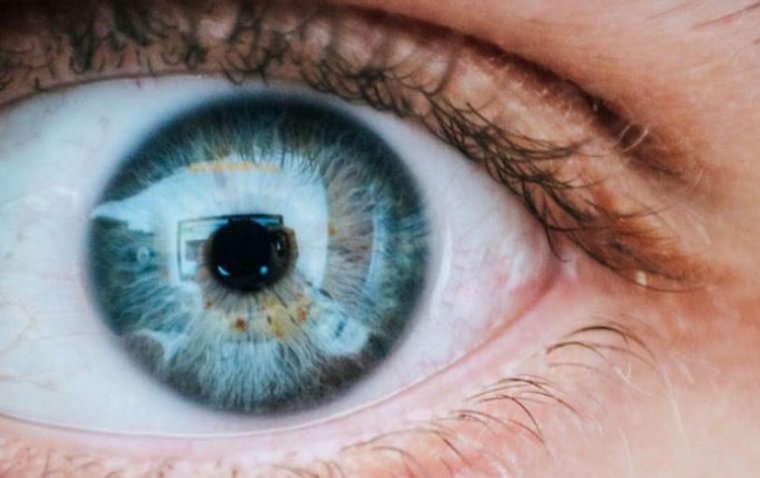
UC Irvine Scientists Identify DNA Damage as a Key Factor in AMD
A groundbreaking study led by researchers at the University of California, Irvine, has identified accumulated DNA damage in the retina as a critical factor in the development of age-related macular degeneration (AMD). The findings, recently published in Aging Cell, could pave the way for targeted treatments that slow or halt the progression of this debilitating eye disease.
AMD: A Leading Cause of Vision Loss
AMD affects approximately 200,000 Americans each year and is a major cause of blindness in individuals over 50. The disease exists in two forms:
• Wet AMD, which has established therapies.
• Dry AMD, which currently lacks effective treatments.
The Role of DNA Damage in AMD Progression
The study highlights how DNA damage, a hallmark of aging, disrupts retinal function and accelerates vision loss.
“Our findings highlight the critical role DNA damage repair plays in maintaining retina health for good vision,” said Dr. Dorota Skowronska-Krawczyk, co-corresponding author and UC Irvine associate professor of physiology and biophysics. “Because age is the strongest risk factor for AMD, gaining deeper insights into the underlying biology of aging in the eye is essential for developing effective therapies.”
Why the Retina is Particularly Vulnerable
The retina, a light-sensitive tissue at the back of the eye, is one of the body’s most metabolically active tissues, consuming more oxygen than any other tissue. It relies on the retinal pigment epithelium (RPE) to function effectively.
Due to its intense metabolic activity and constant exposure to light, the retina is highly susceptible to oxidative stress and DNA damage. Over time, these factors contribute to aging-related deterioration, underscoring the need to understand the mechanisms driving these changes.
Insights from Animal Models
To explore the connection between DNA damage and AMD, the researchers studied a mouse model with reduced levels of ERCC1-XPF, a DNA repair enzyme. They compared this model with both young, healthy mice and naturally aging mice.
Key findings in the mouse model by 3 months of age included:
• Visual impairment.
• Structural changes in the retina.
• Abnormal blood vessel formation.
• Altered gene expression and metabolism.
• Mitochondrial dysfunction in the RPE.
These changes closely resembled the natural aging process in human eyes, reinforcing the link between DNA damage and AMD.
Toward Future Therapies
The research opens new avenues for developing treatments targeting the root causes of AMD.
“The more we know about how DNA damage contributes to eye diseases like AMD, the better we can develop interventions that address the root causes of vision loss,” said Dr. Skowronska-Krawczyk.
Potential strategies include:
• Counteracting oxidative stress.
• Enhancing DNA repair mechanisms.
• Removing damaged cells before they cause harm.
Next Steps
The team plans to identify specific retinal cell types driving age-related changes by selectively impairing DNA mechanisms.
“Our goal is to advance the development of preventative interventions that significantly reduce the burden of age-related vision loss and improve the quality of life for millions,” Skowronska-Krawczyk concluded.
This study represents a significant step forward in understanding AMD and offers hope for developing effective therapies to combat age-related vision loss.
Resource:
(1).jpg)










